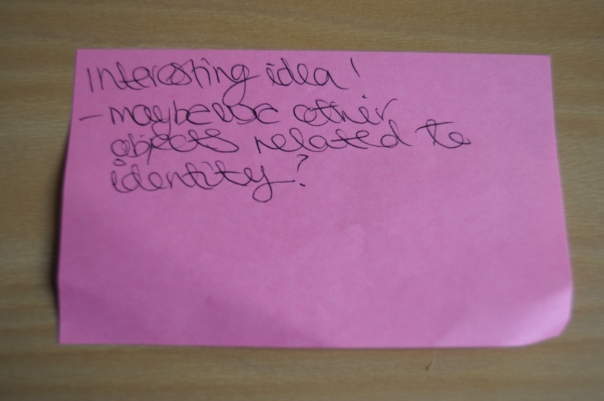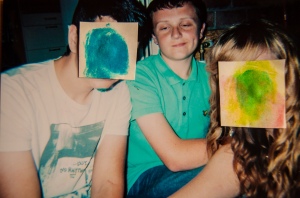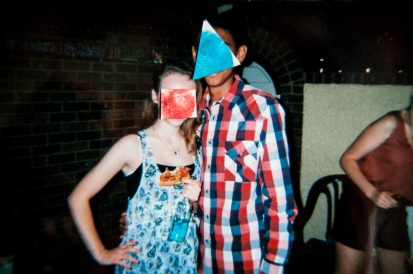References
BBC News, (2015). Chinese families’ worldly goods in Huang Qingjun’s pictures – BBC News. [online] Available at: http://www.bbc.co.uk/news/magazine-19648095 [Accessed 11 May 2015].
Demilked, (2015). Chinese Families Demonstrate All Their Belongings In A Single Photo. [online] Available at: http://www.demilked.com/jiadang-belongings-family-stuff-huang-qingjun/ [Accessed 11 May 2015].
Enpundit, (2012). Judith Ann Braun’s Fingers Are Magical – Enpundit. [online] Available at: http://enpundit.com/judith-ann-brauns-fingers-are-magical/ [Accessed 11 May 2015].
HAGEDORN FOUNDATION GALLERY, (2015). JONATHAN LEWIS. [online] Available at: http://www.hfgallery.org/jonathan-lewis/ [Accessed 11 May 2015].
Hamilton, P. (1995). : Shooting the consumer; Martin Parr.(Features). Part Of: Sunday Times, p.21.
Huangqingjun.com, (2015). About : 黄庆军. [online] Available at: http://www.huangqingjun.com/about/ [Accessed 11 May 2015].
Jamesmollison.com, (2015). Info |. [online] Available at: http://jamesmollison.com/infojamesmollison/ [Accessed 11 May 2015].
Jgdlewis.com, (2015). Jonathan Lewis – Bio. [online] Available at: http://www.jgdlewis.com/Bio.htm [Accessed 11 May 2015].
Judithannbraun.com, (2015). [online] Available at: http://judithannbraun.com/ [Accessed 11 May 2015].
Judithannbraun.com, (2015). [online] Available at: http://judithannbraun.com/462250/bio/ [Accessed 11 May 2015].
Kiang, T. and Parr, M. (1987). The Last Resort: Photographs of New Brighton. Circa, (32), p.40.
LANE, G. (2006). Photography from the Photographer’s Viewpoint, Guy Lane interviews Martin Parr. The Art Book, 13(4), pp.15-16.
Lewis, J. (2015). Jonathan Lewis – Artist. [online] Jgdlewis.com. Available at: http://www.jgdlewis.com/Designer%20Labels%20Page%20Large.html [Accessed 11 May 2015].
Magnumphotos.com, (2015). Magnum Photos Photographer Profile. [online] Available at: http://www.magnumphotos.com/C.aspx?VP3=CMS3&VF=MAGO31_9_VForm&ERID=24KL5357TF [Accessed 11 May 2015].
Mail Online, (2012). She’s a dab hand at this! Artist uses just her fingerprints to create huge murals with charcoal. [online] Available at: http://www.dailymail.co.uk/news/article-2234831/Judith-Ann-Braun-Artist-uses-just-fingerprints-create-huge-murals-charcoal.html [Accessed 11 May 2015].
Margolin, V. (2010). Martin Parr, Parr World, 2 vols: vol. 1, Objects; vol. 2, Postcards. New York:Aperture, 2008. ISBN 978–1–59711–069–3. Journal of Visual Culture, 9(2), pp.247-251.
Martinparr.com, (2015). Martin Parr | Introduction. [online] Available at: http://www.martinparr.com/introduction/ [Accessed 11 May 2015].
Mic, (2013). 21 Images of Where Children Sleep Around the World Paints a Powerful Picture of Inequality. [online] Available at: http://mic.com/articles/75173/21-images-of-where-children-sleep-around-the-world-paints-a-powerful-picture-of-inequality [Accessed 11 May 2015].
Mollison, J. (2012). Bedtime stories.(Where Children Sleep)(Brief article). Is Part Of: Mother Jones, p.15.
Nisslon, M. (2001). Going Nowhere: Tourist Practices and Photographic Representations of Tourists in Small World. Journeys, pp.79-29.
Npg.org.uk, (2015). National Portrait Gallery – Taylor Wessing Photographic Portrait Prize. [online] Available at: http://www.npg.org.uk/photoprize1/site14/ [Accessed 11 May 2015].
Npg.org.uk, (2015). National Portrait Gallery – Taylor Wessing Photographic Portrait Prize. [online] Available at: http://www.npg.org.uk/photoprize1/site14/ [Accessed 11 May 2015].
Parr, M. (1999). Common sense. Stockport, Eng.: Dewi Lewis.
Parr, M. (2000). Think of England. London: Phaidon Press.
Parr, M. (2006). Martin Parr. New York: Aperture Foundation.
Parr, M. (2006). Martin Parr. New York: Aperture Foundation.
Parr, M. and Badger, G. (2009). The last resort. Stockport: Dewi Lewis Pub.
Parr, M. and Parr, S. (n.d.). The non-conformists.
Parr, M. and Phillips, S. (2007). Martin Parr. London: Phaidon Press.
Parr, M. and Weski, T. (2008). Parrworld. New York, N.Y.: Aperture.
Qingjun, H. (2010). ‘Fifty Photographs From Across China.






 Dolce and Gabbana, 2009
Dolce and Gabbana, 2009



















